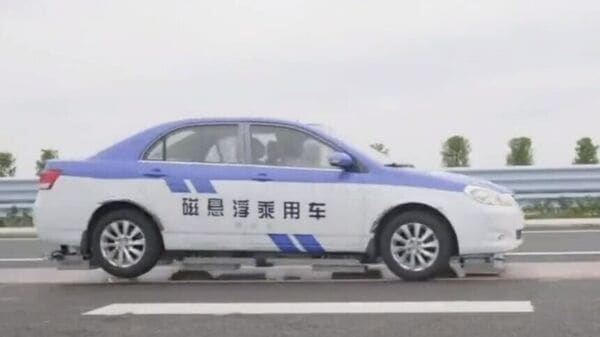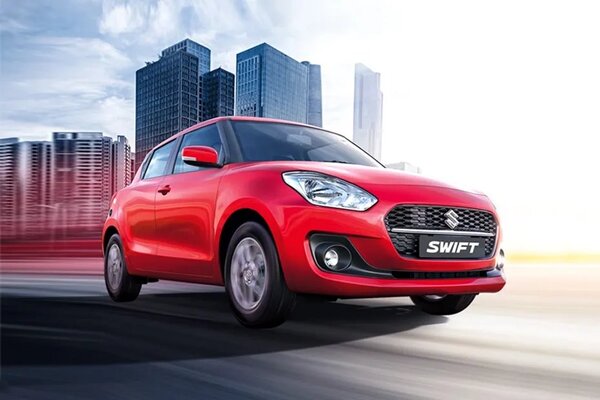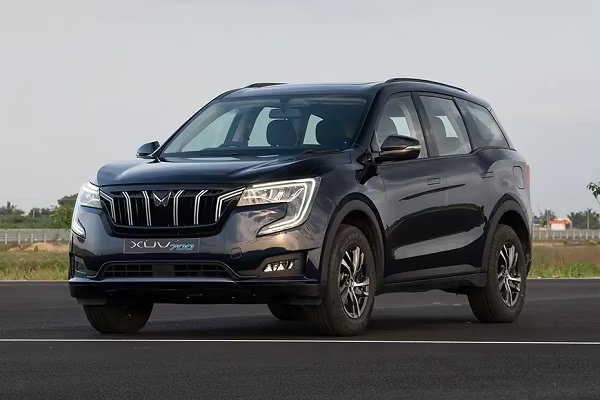Watch: Experiment sees Chinese car ‘floating’ off ground at 230 kmph speed
- Making use of magnetic levitation technology, researchers put eight modified cars to the speed test.


The future of high-speed cars may be off the ground but not exactly up in the skies. Magnetic levitation is being increasingly seen as a technology that can usher in an age of lightening quick transportation for the masses and revolutionize the mobility space. Yet another proof of this came about in China recently when researchers at the Southwest Jiaotong University in Chengdu held road tests for specially-modified cars that were made to zip on magnetic lines.
As per a report in Xinhua, the experiment saw eight cars part of the test process to examine the viability of magnetic levitation (maglev) technology. Industry-grade magents were fixed at the bottom of each of these vehicles which were then made to do test runs on the eight-kilometer long magnetic line. The cars were deployed around 35 mm on top of the conductor rail.
Trending Cars
One of these eight cars reportedly even managed to hit a top speed of 230 kmph, a remarkable feat considering that these vehicles were essentially floating off the ground and that each weighed in at around 2.5 tonnes.
This is a signal that transportation options based on maglev could potentially be the natural evolution process in a future world where conductor rail finds a place on roads and may even replace rail network as we know these today.
Maglev technology is being actively worked upon in many countries - Japan and Germany to name a few. The application area is mostly expected to be on train network with the possibility of much quicker acceleration and deceleration. Japan's L0 Series Maglev is believed to be the quickest of the lot and has a speed record of over 600 kmph. This basically translates to a travel time of under an hour between Delhi and Mumbai, a distance of around 11,50 kms.
But the potential for even passenger vehicles to make use of the technology is being increasingly explored as well. If successful to scale, it could significantly change the way people move from one point to another.








 1497 cc
1497 cc Multiple
Multiple



















